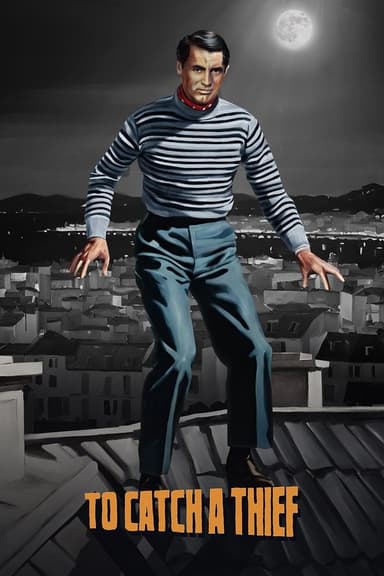
Three Coins in the Fountain
1954 • Drama, Romance • G
Three American roommates working in Italy wish for the man of their dreams after throwing coins into Rome's magnificent Trevi Fountain. Frances, a secretary at a government agency, sets out to win the heart of her smooth-talking novelist employer; Anita, her coworker, defies office regulations by romancing an Italian who works at the agency; and office newcomer Maria meets a real Italian Prince Charming and falls madly in love. The only thing the three hopeful ladies need to do is seal their fate.
Runtime: 1h 42m
Why you should read the novel
Delving into John H. Secondari's 'Coins in the Fountain' is an invitation to savor the authentic nuances and emotional depth of the original story. The novel paints a much richer and more detailed tapestry of Rome and the lives entwined within its eternally romantic streets. While the movie offers a charming escape, Secondari's prose allows the reader to experience the city and the characters' personal struggles in a more intimate and contemplative way.
The book grants the reader access to the unfiltered emotions, motivations, and backstories of the characters, which are often condensed or altered in cinematic adaptation. Through Secondari's insightful narrative, readers gain a direct connection with each protagonist, understanding the true weight of their desires, secrets, and hopes for love. The subtleties of cultural dislocation, longing, and self-discovery are explored with a delicate hand that the visual nature of film can only hint at.
Most importantly, reading the novel reveals the author's original vision, unmediated by the limitations and pressures of Hollywood storytelling. With its deeper character development and more intricate plotting, 'Coins in the Fountain' provides a vibrant, immersive experience that rewards thoughtful readers, making it far more than just the source material for a beloved film.
Adaptation differences
One significant difference between 'Coins in the Fountain' and its film adaptation 'Three Coins in the Fountain' is the treatment and development of the characters. The novel introduces more complex and mature emotional dilemmas, offering greater insight into the internal worlds of each protagonist. In contrast, the movie tends to simplify, streamlining multiple layers of motivation into a more universally palatable romantic narrative suited for its 1950s audience.
The setting in the book provides a richer, more authentic depiction of Rome, as Secondari draws extensively from his own experiences and observations. In the film, Rome is romanticized, functioning as a glamorous backdrop rather than an active influence on the characters' lives. The novel's detailed exploration of the expatriate experience—the culture shock, nostalgia, and complex relationships with the city—loses some of its depth in the cinematic translation.
Plot-wise, the film omits or alters several key sequences and relationships. Certain character arcs are changed for brevity or to achieve a more optimistic tone, possibly to appeal to audiences seeking escapism. Subplots involving secondary characters, and subtle exchanges that reveal profound truths about love and compromise, are frequently excised from the movie. These omissions necessarily flatten some of the moral ambiguities and emotional realism the book offers.
Finally, the resolution of relationships in the movie is noticeably more optimistic and formulaic than in the novel. Secondari's book leaves more room for ambiguity and reflection, sometimes refusing to tie up every storyline with a neat bow. The film's romantic endings, complete with iconic musical cues and sweeping camera shots, favor emotional satisfaction over the novel's more nuanced exploration of love, consequence, and personal discovery.
Three Coins in the Fountain inspired from
Coins in the Fountain
by John H. Secondari







